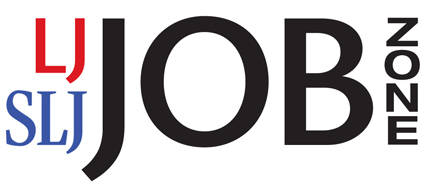Report: “Google Redraws the Borders on Maps Depending on Who’s Looking”
From The Washington Post:
Google’s corporate mission is “to organize the world’s information,” but it also bends it to its will. From Argentina to the United Kingdom to Iran, the world’s borders look different depending on where you’re viewing them from. That’s because Google — and other online mapmakers — simply change them.
And while maps are meant to bring order to the world, the Silicon Valley firm’s decision-making on maps is often shrouded in secrecy, even to some of those who work to shape its digital atlases every day. It is influenced not just by history and local laws, but also the shifting whims of diplomats, policymakers and its own executives, say people familiar with the matter, who asked not to be identified because they weren’t authorized to discuss internal processes.
[Clip]
When it comes to contested borders, people in different countries often see different things. Take the body of water between Japan and the Korean Peninsula. To almost all, it is known as the Sea of Japan, but for Google Maps users in South Korea, it’s listed as the East Sea. More than 4,000 miles away, the waterway separating Iran from Saudi Arabia may be either the Persian Gulf or the Arabian Gulf, depending on who’s looking online. And the line in Western Sahara marking the northern border with Morocco disappears for Moroccans seeking it out on the Web — along with the region’s name altogether. The sparsely populated northwest Africa region is disputed between Morocco, which seized it in 1975, and the indigenous Sahrawi.
Read the Complete Article (approx. 2000 words)
Washington Post Video
Filed under: Maps, News, Patrons and Users
About Gary Price
Gary Price (gprice@gmail.com) is a librarian, writer, consultant, and frequent conference speaker based in the Washington D.C. metro area. He earned his MLIS degree from Wayne State University in Detroit. Price has won several awards including the SLA Innovations in Technology Award and Alumnus of the Year from the Wayne St. University Library and Information Science Program. From 2006-2009 he was Director of Online Information Services at Ask.com.


